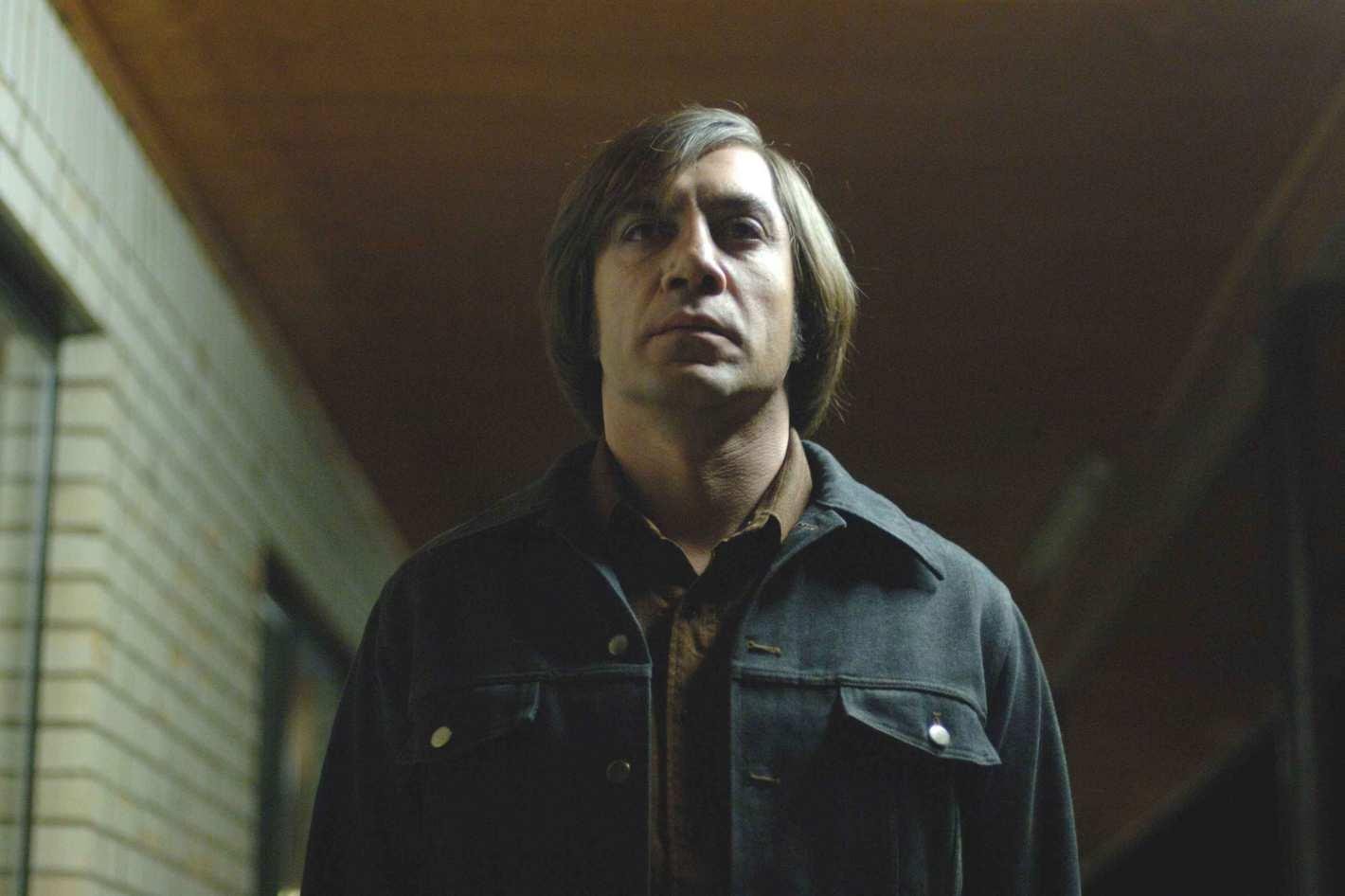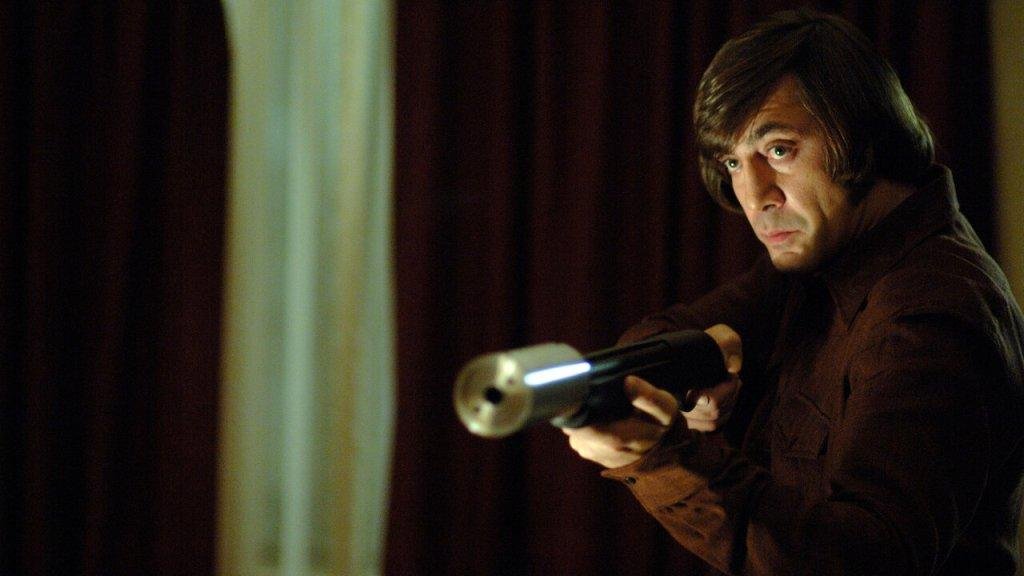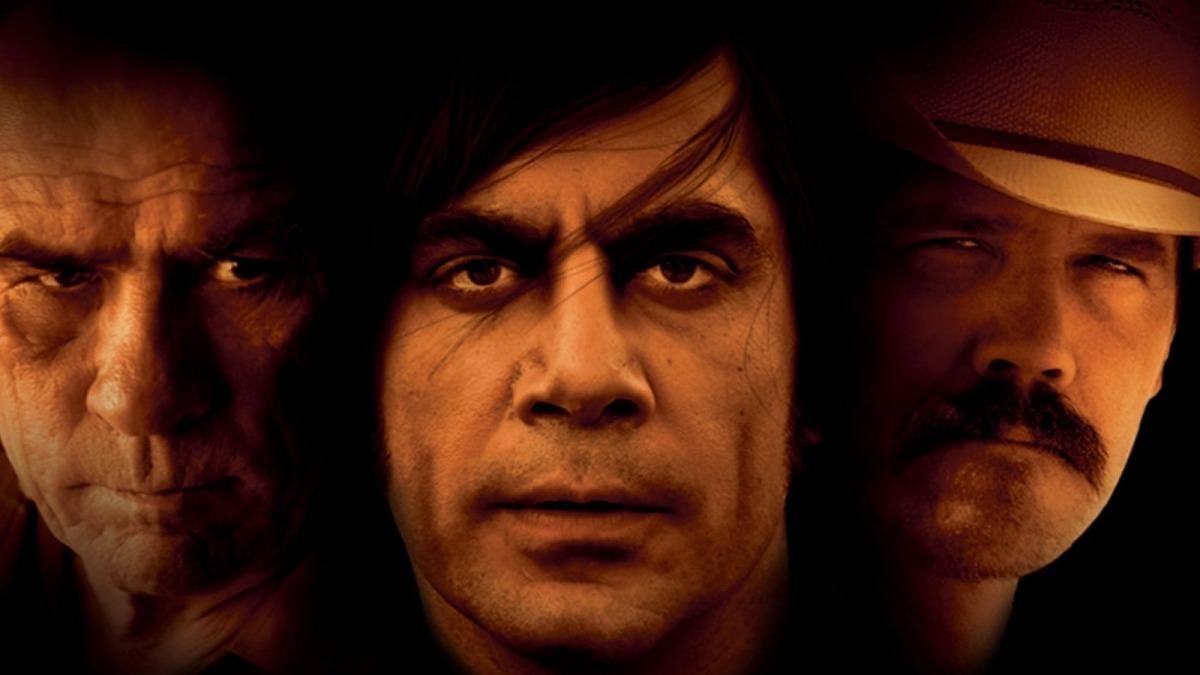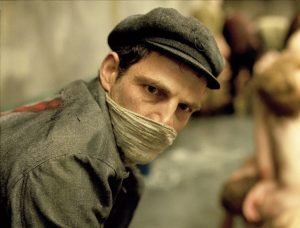Exploring the Themes of Violence and Fate in ‘No Country for Old Men’: A Cinematic Analysis
In the world of movies, few directors can capture the essence of violence and fate as skillfully as the Coen Brothers. In their 2007 masterpiece “No Country for Old Men,” they offer a gripping portrayal of a hunter and hunted game between a psychopathic killer and a small-town welder in Texas. The film delves deep into the themes of violence and fate, showcasing the brutal consequences of choices made in life. In this article, we will explore the intricate ways through which the Coen Brothers weave these themes into the plot of “No Country for Old Men.”
In the world of movies, few directors can capture the essence of violence and fate as skillfully as the Coen Brothers. In their 2007 masterpiece “No Country for Old Men,” they offer a gripping portrayal of a hunter and hunted game between a psychopathic killer and a small-town welder in Texas. The film delves deep into the themes of violence and fate, showcasing the brutal consequences of choices made in life. In this article, we will explore the intricate ways through which the Coen Brothers weave these themes into the plot of “No Country for Old Men.”

Introduction
In the world of cinema, there are some films that leave a lasting impact on the viewers. “No Country for Old Men” is one such film that has been widely acclaimed for its intense portrayal of violence and fate. Directed by the Coen brothers, this 2007 movie is an adaptation of Cormac McCarthy’s novel of the same name. In this article, we will explore the themes of violence and fate in “No Country for Old Men” and how it has been depicted through the brilliant performances of the actors.
Plot summary
No Country for Old Men is a critically acclaimed movie that explores the themes of violence and fate. The plot revolves around a man named Llewelyn Moss who stumbles upon a drug deal gone wrong in the desert and takes a satchel of money. This sets off a chain of events that leads to the relentless pursuit of Moss by a psychopathic hitman named Anton Chigurh. Meanwhile, Sheriff Ed Tom Bell tries to keep up with the escalating violence while also grappling with the idea of retiring due to the changing nature of crime. The movie is a tense and thrilling exploration of the consequences of greed and the inevitability of fate.
Main characters and their roles
In the movie “No Country for Old Men,” the main characters play crucial roles in the exploration of violence and fate. Llewelyn Moss, a welder, is portrayed as a man who is thrust into a dangerous situation when he finds a bag of money left behind after a drug deal gone wrong. Anton Chigurh, a ruthless hitman, is the antagonist who relentlessly pursues Moss in his pursuit of the stolen money. Sheriff Ed Tom Bell, who is nearing retirement, plays a pivotal role in the movie as he tries to make sense of the escalating violence and brutality in the world around him. These well-crafted characters bring the movie’s themes to life, leaving a lasting impression on audiences.

The theme of violence in the novel
In the novel No Country for Old Men, violence is a recurring theme that shapes the fate of its characters. The story follows the pursuit of a drug deal gone wrong, and the ensuing violence that unfolds as a result. The characters are all affected by the violence in different ways, with some being consumed by it and others trying to escape its grasp. The author employs vivid descriptions of violence, making it a central element of the story. By exploring the theme of violence in No Country for Old Men, the novel brings to light the brutal realities of the criminal world and the toll it takes on those involved.
How fate plays a role in the story
In the Coen Brothers’ film, “No Country for Old Men,” fate plays a crucial role in the story’s development. The film’s unfolding events, particularly the violent confrontations between the protagonist Llewelyn Moss, the antagonist Anton Chigurh, and law enforcement officer Ed Tom Bell, seem almost predetermined by fate. Each character’s actions and decisions lead them to their ultimate fate, whether it be death or retirement. The film explores the concept of how a person’s actions ultimately shape their destiny, and how the consequences of these actions cannot be avoided, no matter how much one tries to run or hide.
Symbolism in the novel
In “No Country for Old Men”, symbolism plays a crucial role in exploring the themes of violence and fate. The most prominent symbol is the coin toss, representing the arbitrary nature of fate and the powerlessness of human agency. The violence in the story is also symbolic, representing the chaotic and unpredictable nature of the world. From the bloody shootout at the beginning to the final confrontation between Anton Chigurh and Sheriff Ed Tom Bell, violence is used to reveal the characters’ true natures and the inexorable force of fate that drives them. Overall, the symbolic use of violence and fate in “No Country for Old Men” adds depth and complexity to the story, making it a true masterpiece of modern cinema.

Pacing and structure of the narrative
The pacing and structure of the narrative in No Country for Old Men perfectly captures the film’s themes of violence and fate. The Coen Brothers expertly crafted a non-linear narrative that slowly unravels the interconnected lives of the characters, culminating in a thrilling and violent showdown. The deliberate pacing allows the tension to build as the audience becomes increasingly invested in the characters and their fates. The structure of the narrative also reinforces the idea that fate is inescapable, as the characters’ actions inevitably lead them towards their ultimate fates. Overall, the pacing and structure of No Country for Old Men is a masterclass in storytelling, and one of the most compelling examples of violence and fate in cinema history.
Comparison to the film adaptation
When it comes to the film adaptation of Cormac McCarthy’s “No Country for Old Men,” it’s hard not to draw comparisons to the book. While the Coen Brothers’ version is a faithful adaptation in many ways, there are certainly some differences that stand out. One of the most notable is the portrayal of violence. In the book, the violence is often bloody and brutal, with McCarthy’s spare prose heightening the impact of each blow. The film, meanwhile, is no less violent, but the Coen Brothers are less explicit in their depiction of it. This can be seen in the scene where Anton Chigurh kills a man with a cattle gun. In the book, McCarthy describes the sound of the bolt slamming into the man’s skull, whereas the film only shows us the aftermath. While this may disappoint some fans of the book, it’s worth noting that the Coen Brothers’ approach highlights the sense of unease and dread that permeates the story.
Critical reception and analysis
No Country for Old Men, the Coen Brothers’ 2007 neo-western thriller, was widely acclaimed by audiences and critics alike. It won four Academy Awards, including Best Picture, Best Director, Best Adapted Screenplay, and Best Supporting Actor for Javier Bardem’s iconic portrayal of Anton Chigurh. However, the film’s violent content and ambiguous ending sparked much debate among critics and audiences. Some praised the film’s bleak and nihilistic portrayal of fate and the inevitability of violence, while others criticized its lack of clear resolution and moral ambiguity. Regardless, No Country for Old Men remains a powerful and thought-provoking cinematic masterpiece that continues to captivate audiences to this day.
Conclusion
In conclusion, No Country for Old Men is a powerful film that explores the themes of violence and fate. Through its well-crafted characters and intense plot, the movie presents a dark commentary on the human condition and the inescapable nature of destiny. The dynamic performances of the actors, particularly Javier Bardem as the menacing Anton Chigurh, make this movie a thrilling experience. While the film’s ending may be unsatisfying for some viewers, it ultimately reinforces the idea that the cycle of violence is a constant in life, and that we must come to terms with our own mortality and limitations. Overall, No Country for Old Men is a cinematic masterpiece that deserves to be recognized as one of the greatest films of its time.
For more information about violence and fate in No Country for Old Men, including movie details, cast information, etc..
check out the filmaffinity page.



